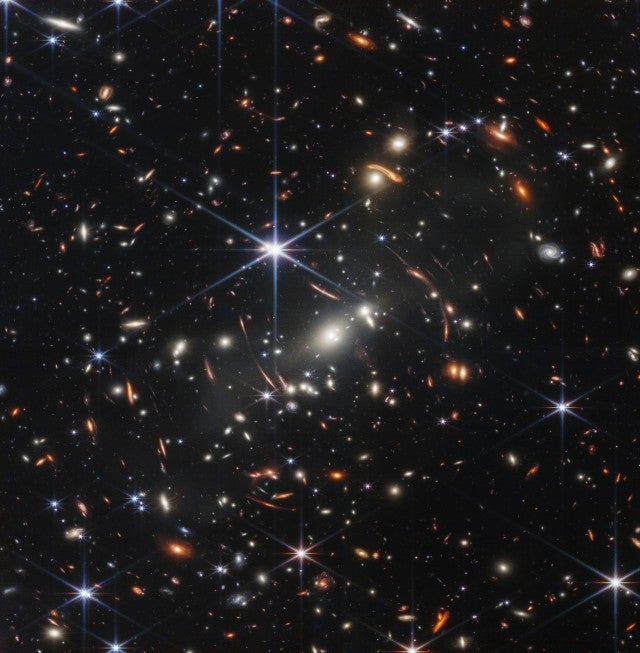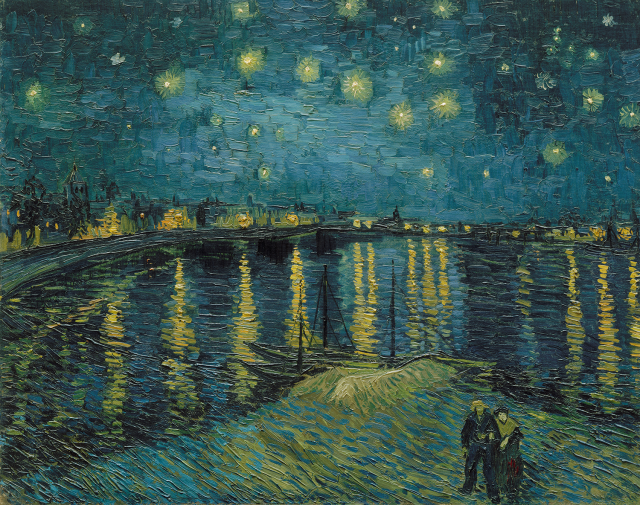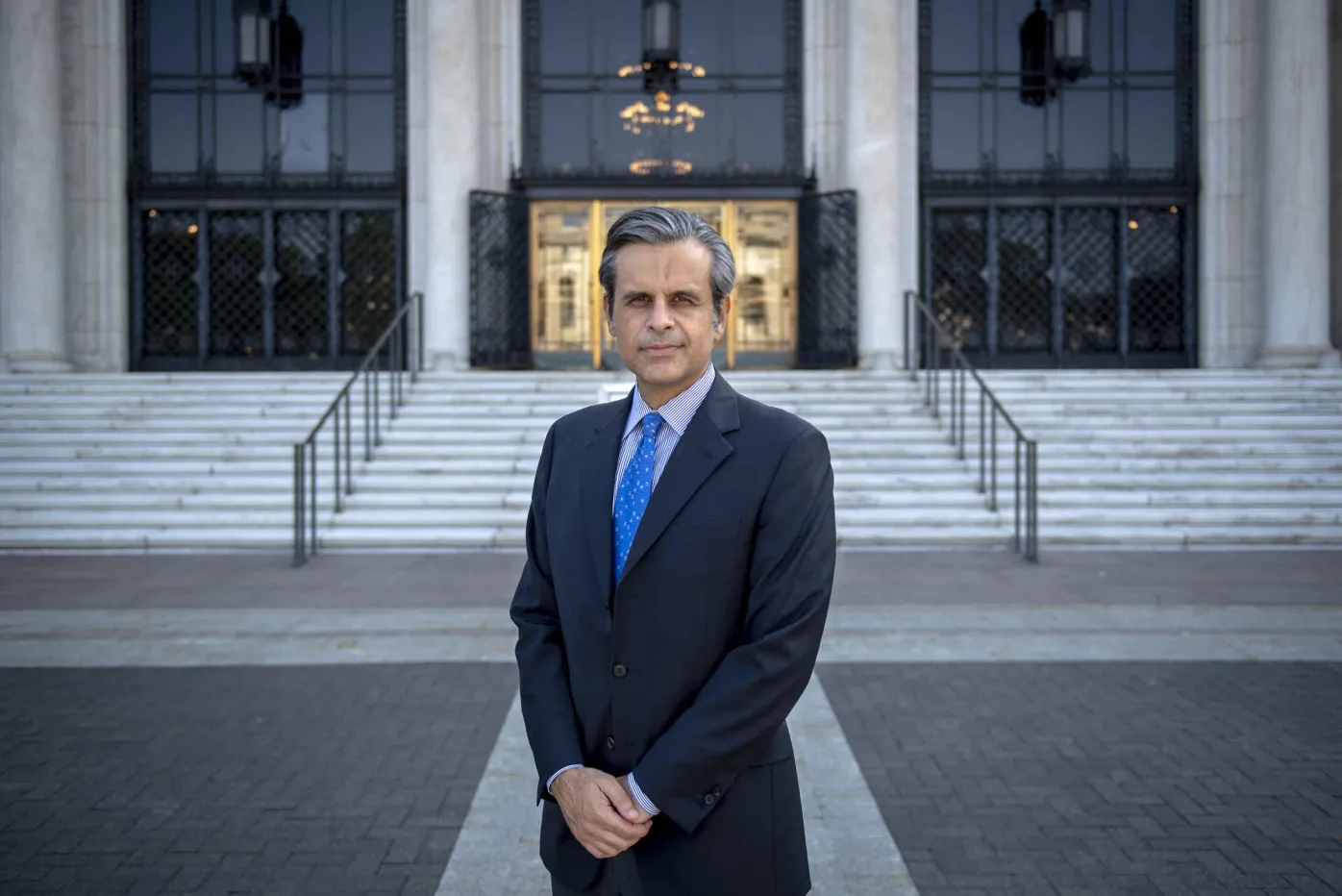From the Director, August 2022
Updated Aug 11, 2022
Looking to the stars
The summer is a good time of the year to see the stars at night from Michigan and the opportunity is significant: there are more stars in the universe than there are grains of sand in all the beaches in the entire world. The cosmos is vast and there for us to observe and learn from it. Last month we witnessed the special occasion when President Joe Biden released the breathtaking images from the universe taken by the brand-new NASA James Webb Space Telescope. Operating from outer space, this is the most powerful telescope in the history of humankind: It captured the deepest and sharpest image of the distant universe to date, showing thousands of galaxies that were formed over 5 billion years ago.

Looking through this telescope into the far past is extraordinary and in it we can see for the first-time remote galaxies in different forms and shapes, which are bigger than our very own Milky Way, containing billions of stars. Light from these galaxies took billions of years to reach us and in their travel to Earth, some of them had their light bent by gravitational forces. This effect is shown in the Webb images as prominent orange arcs – something predicted by Albert Einstein in his groundbreaking Theory of General Relativity.
I shared this image with my colleagues a couple of weeks ago and expressed how humbled I feel when I see it and think about the ineffable vastness of the universe both in terms of space and time. This image of the universe also triggers my curiosity, as I want to know more about those stars, how they were formed, how many planets orbit them and if any have similar life to Earth. It is believed that we are all made of stardust, and as we are all part of this universe, those distant galaxies as well as the closer ones, activate my empathy for a better understanding of who we are, where we came from and where we are all going as the human race.
Focusing on different galaxies, nebulas, and more, the Webb telescope has captured many other images of the universe, which are available at the NASA website. Take a look if you have the time. They are all beautifully mesmerizing, aesthetically pleasing, and powerfully stimulate our imagination. They are masterpieces of mother nature. It is therefore not a coincidence that many artists looked at the night sky searching for inspiration. Some names in the DIA’s collections come immediately to mind such as Joan Miró, Georgia O'Keeffe, Betye Saar, Vija Celmins (one of my favorites), Gilda Snowden, and very famously Vincent van Gogh. His Starry Night Over the Rhône will be included in our Van Gogh in America exhibition, opening October 2nd. In Van Gogh’s own words, “for myself I declare I don’t know anything with certainty, but the sight of stars always makes me dream.”


DIA Director Salvador Salort-Pons pictured wearing a blue suit and standing in front of the museum
Looking to the stars
The summer is a good time of the year to see the stars at night from Michigan and the opportunity is significant: there are more stars in the universe than there are grains of sand in all the beaches in the entire world. The cosmos is vast and there for us to observe and learn from it. Last month we witnessed the special occasion when President Joe Biden released the breathtaking images from the universe taken by the brand-new NASA James Webb Space Telescope. Operating from outer space, this is the most powerful telescope in the history of humankind: It captured the deepest and sharpest image of the distant universe to date, showing thousands of galaxies that were formed over 5 billion years ago.

Looking through this telescope into the far past is extraordinary and in it we can see for the first-time remote galaxies in different forms and shapes, which are bigger than our very own Milky Way, containing billions of stars. Light from these galaxies took billions of years to reach us and in their travel to Earth, some of them had their light bent by gravitational forces. This effect is shown in the Webb images as prominent orange arcs – something predicted by Albert Einstein in his groundbreaking Theory of General Relativity.
I shared this image with my colleagues a couple of weeks ago and expressed how humbled I feel when I see it and think about the ineffable vastness of the universe both in terms of space and time. This image of the universe also triggers my curiosity, as I want to know more about those stars, how they were formed, how many planets orbit them and if any have similar life to Earth. It is believed that we are all made of stardust, and as we are all part of this universe, those distant galaxies as well as the closer ones, activate my empathy for a better understanding of who we are, where we came from and where we are all going as the human race.
Focusing on different galaxies, nebulas, and more, the Webb telescope has captured many other images of the universe, which are available at the NASA website. Take a look if you have the time. They are all beautifully mesmerizing, aesthetically pleasing, and powerfully stimulate our imagination. They are masterpieces of mother nature. It is therefore not a coincidence that many artists looked at the night sky searching for inspiration. Some names in the DIA’s collections come immediately to mind such as Joan Miró, Georgia O'Keeffe, Betye Saar, Vija Celmins (one of my favorites), Gilda Snowden, and very famously Vincent van Gogh. His Starry Night Over the Rhône will be included in our Van Gogh in America exhibition, opening October 2nd. In Van Gogh’s own words, “for myself I declare I don’t know anything with certainty, but the sight of stars always makes me dream.”



